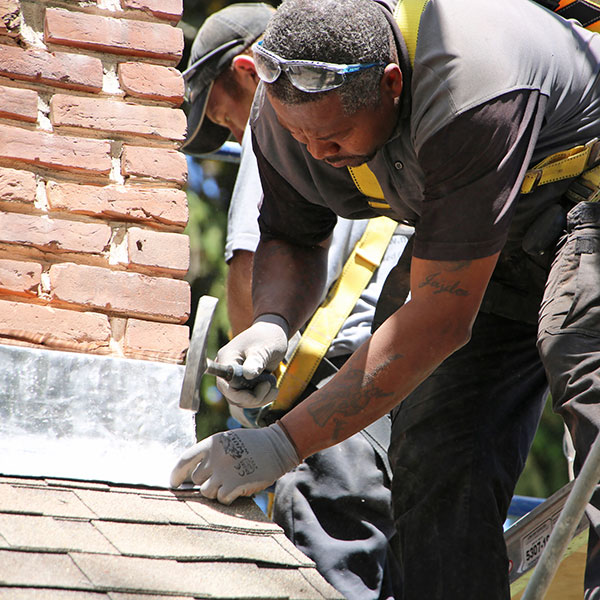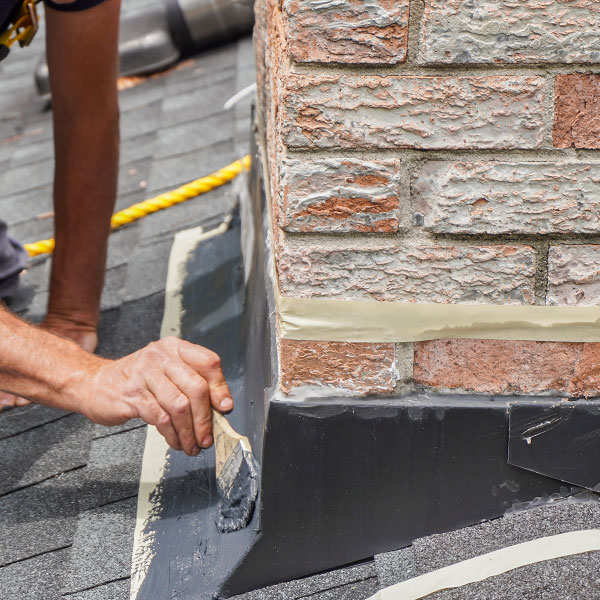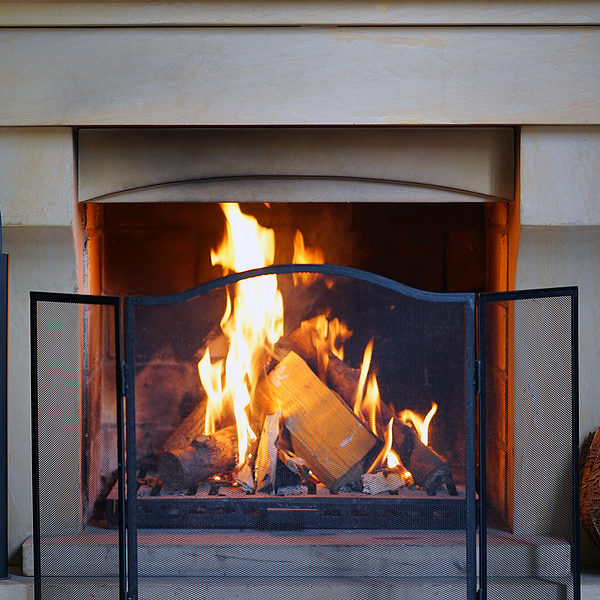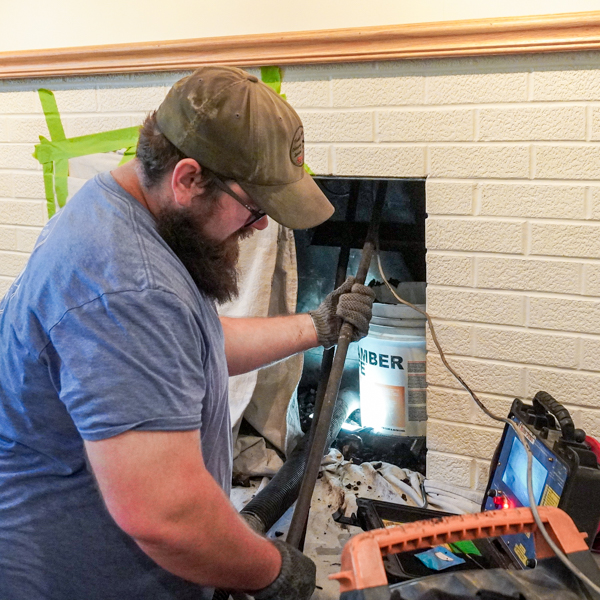Winter humidity Causes Smelly Chimneys

Call Us at 877-959-3534 for Chimney Service
Smelly chimneys can occur year round, even in winter. Lately, Illinois has been experiencing some high humidity levels. The quantity of water in the air determines the humidity. The air expands up to four or five times its normal size, which is why it’s sometimes hard to breathe in high humidity. Humid air traps in most particles from the outside. That’s why it’s more likely to smell something unusual coming from your chimney this winter. This smell can be damp, musty or asphalt-like. Be aware of smelly chimneys, the odors can be unhealthy to breathe in for long periods of time. At Superior Chimney, we’re here to help identify, clean up and help to deter smelly chimneys.
What Causes a Smelly Chimney?
Despite any reasons listed below, negative air pressure in your home is the most common reason that these smells even reach your nose. Modern homes are usually sealed up pretty tight, which causes reverse drafts. The air pressure inside the home is lower than outside, causing the air in the chimney to move downward and into the home, bringing the inner chimney smell along with it.
1. Humidity from rain or snow is a common factor that helps to cause a smelly chimney. Be aware that chimneys store/absorb water and very quickly become saturated. Cracks in masonry lead to water leaks and quickly deteriorate the chimney. Deterioration leads to rust, rot and decay. This rot causes your chimney to give off a musty, damp smell.
2. If you notice an asphalt-like smell coming from your chimney, this may be a sign of a chimney leak and/or creosote buildup. Creosote is a natural product of combustion. It mostly occurs in wood burning chimneys, but can also occur in gas chimneys. Continuously breathing in the fumes from creosote while also using the fireplace is toxic and unhealthy.
3. Natural debris, such as leaves or nest remnants cause a damp, rotting smell. It’s also very possible for an animal to be living (or dead), or was once living in the chimney.
Call Us at 877-959-3534 for Chimney Service
Fixing a Smelly Chimney
Fixing a smelly chimney requires more than a chimney sweep. A chimney sweep will only remove surface level creosote buildup for inspection purposes. As negative air pressure is the reason the smells reach your nose, you may need to install a top-sealing damper. A complete chimney inspection from Superior Chimney can identify any issues with your chimney, and check off one of the reasons listed above. The chimney may need a replacement of its damper closure or chimney cap. It may also need to be repaired to stop water leaks, or to be waterproofed. There are a variety of causes, deterrence efforts and solutions to a smelly chimney. Many of them are listed here, in this previous blog post. Living in a varying humid climate like Chicago does not help to prevent a smelly chimney. If you’re experiencing any musty, damp or smelly odors, or just want to protect your chimney from becoming smelly, schedule an inspection with us today. Remember that musty odors can happen even in winter.
Call Us at 877-959-3534 for Chimney Service
This post first appeared on https://www.superiorchimney.net
 What is chimney flashing?
What is chimney flashing?
 How Fireplaces & Chimneys Cause Energy Bills to Rise
How Fireplaces & Chimneys Cause Energy Bills to Rise
